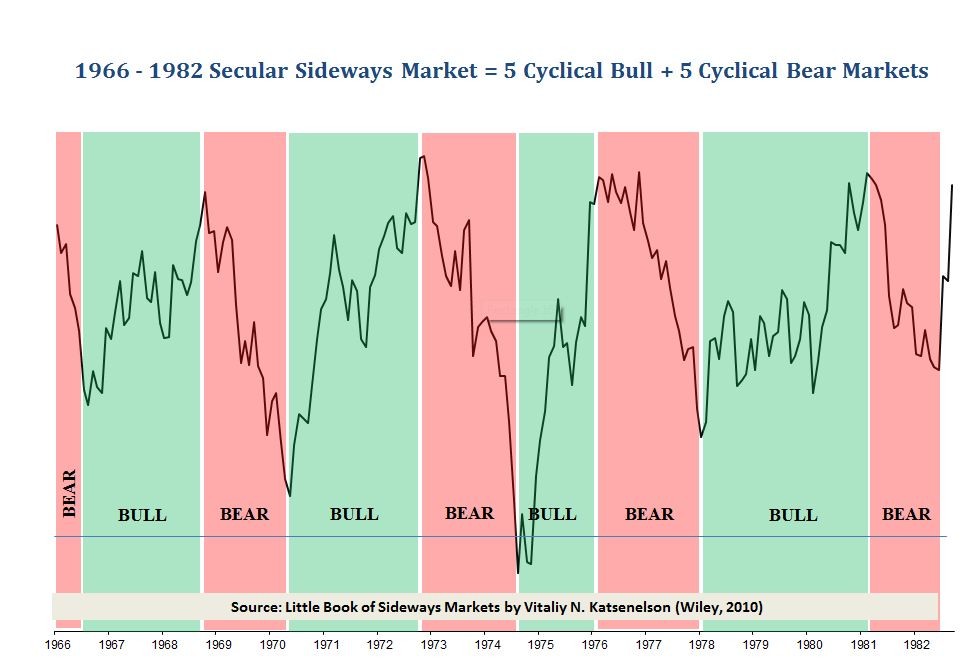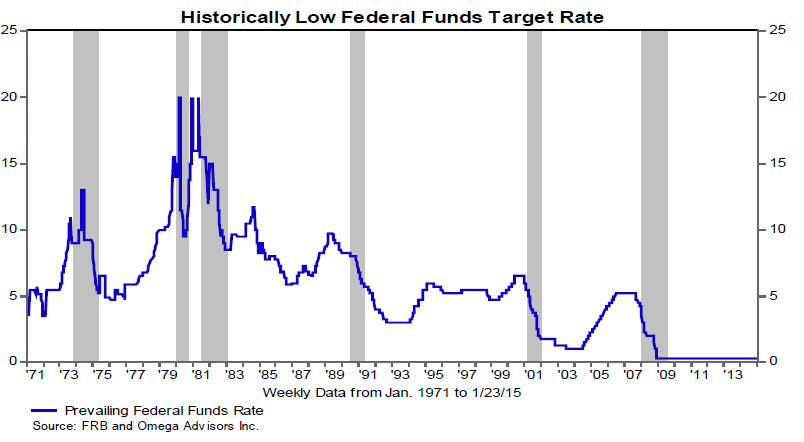The long and short of it How bull and bear markets fight and coexist
Post on: 7 Июль, 2015 No Comment

Even the most pessimistic investor can’t deny that the bull market during the past six years has been one of the most impressive runs in recent history.
Since bottoming in March 2009, U.S. equity indexes have soared more than 200% and continuously hit one record after another. Last year alone, the S&P 500 made new highs 53 times and the Dow Jones Industrial Average did so 38 times.
Less clear-cut, however, is the brand of bull in our midst and whether the dizzying rally in stocks south of the border is sustainable when there is growing unease and increased volatility around the world.
For some investors, the evidence clearly points towards a longer-term or secular bull market still in its early stages. Others believe the market is a cyclical bull on its last legs inside a secular bear.
“You have to understand both sides,” said Jurrien Timmer, director of global macro strategies for Fidelity Investment’s global asset allocation division. “Secular bull trends are buy-and-hold environments and secular bear markets are more like a trading market, so it is very important to make the distinction.”
That is a secular bull market… The downturns are still painful, but you can ride it out
By most definitions, secular markets are driven by long-term macroeconomic trends that push asset prices higher or lower over periods of at least 10 years. Cyclical markets, by comparison, are shorter-term trends prompted by seasonal or business conditions that occur throughout the greater secular theme.
A secular bull market, for example, will have cyclical bull and bear periods within it, but the overlying trend of upward asset prices is consistent. The same goes for secular bear markets, except asset prices trend downward.
Mr. Timmer said U.S. equity markets have “obviously” been in a cyclical bull trend since March 2009, but hes less certain whether the unusually long rally is necessarily reflective of a secular bull.
“It’s very academic and you can’t say for sure, but, based on my work, it certainly seems to be behaving like [a secular bull], he said. If you look at how it continues to grind higher and reach new all-time highs, we could have another 10 to 15 years left.”
Mr. Timmer said stock markets, on average, tend to go up for three years and down for one, with asset prices climbing “100% or 80% and then going down 30%.”
But that doesnt happen during secular bull markets, which tend to span 18 years on average.
“Instead of three up and one down, you might get three years and nine months up and three months down,” he said.
An example of that would be the truncated cyclical bear market that followed the collapse of Long Term Capital Management LP in 1998. The S&P 500 fell about 20%, but the downturn only lasted about three months and the market rebounded to new highs a month later.
That is a secular bull market, Mr. Timmer said. The downturns are still painful, but you can ride it out. It’s almost dangerous to pick your top and bottom because you could miss it.”
Secular bear markets, such as the one that dominated the first decade of the 2000s, also behave differently.
“It’s more like two up [years], and two down, where the up is maybe 70% and the down is 50%, he said. ”If you’re down for two years by that much, it’s not pleasant, so then you do want to play that more actively.”

Mr. Timmer isn’t the only one contemplating the nature of the current equity rally and the prospects for further share gains ahead.
David Rosenberg, chief economist and strategist at Gluskin Sheff + Associates Inc. said in a commentary to begin the year that U.S. equity markets can now lay claim to being not just a cyclical, but in fact a new secular bull market with the S&P 500 finally making it back to an all-time high in real or inflation-adjusted terms.
Martin Pelletier: The gains by North American markets last year may leave many not realizing that the majority of global equity markets were not very kind to investors
But Ed Easterling, president of Crestmont Holdings LLC, a U.S.-based investment research firm that specializes in analyzing stock market cycles, disagrees with that assessment.
He believes the secular downtrend in equities, which began in 2000 and included two separate crashes of 50% or more, is still going and warns investors about becoming too complacent with the recent run-up in stocks.
“The current cyclical bull market may continue to go farther; however, volatility ended lower by the end of 2014 — which may indicate the late stage of [it],” he said in a recent note. “The current secular bear market has quite a ways to go.
Mr. Easterling points out that the normalized price/earnings ratio for the overall market is still relatively high. The bubble levels from the late 1990s may have been worked off, but P/E has not declined to levels that are required to drive a secular bull market.”
He said many investors are skeptical about comparing past secular stock market cycles to current trends, but that means they are susceptible to making strategic missteps in their portfolios.
“The trend is not always your friend,” he said. “So although the temptation to follow the momentum of 2014 might drive an overweighting of equities, this may be just the time to consider leaning away from passive buy-and-hold strategies in the market. We may soon be approaching the start of the next cycle — from the top.”














